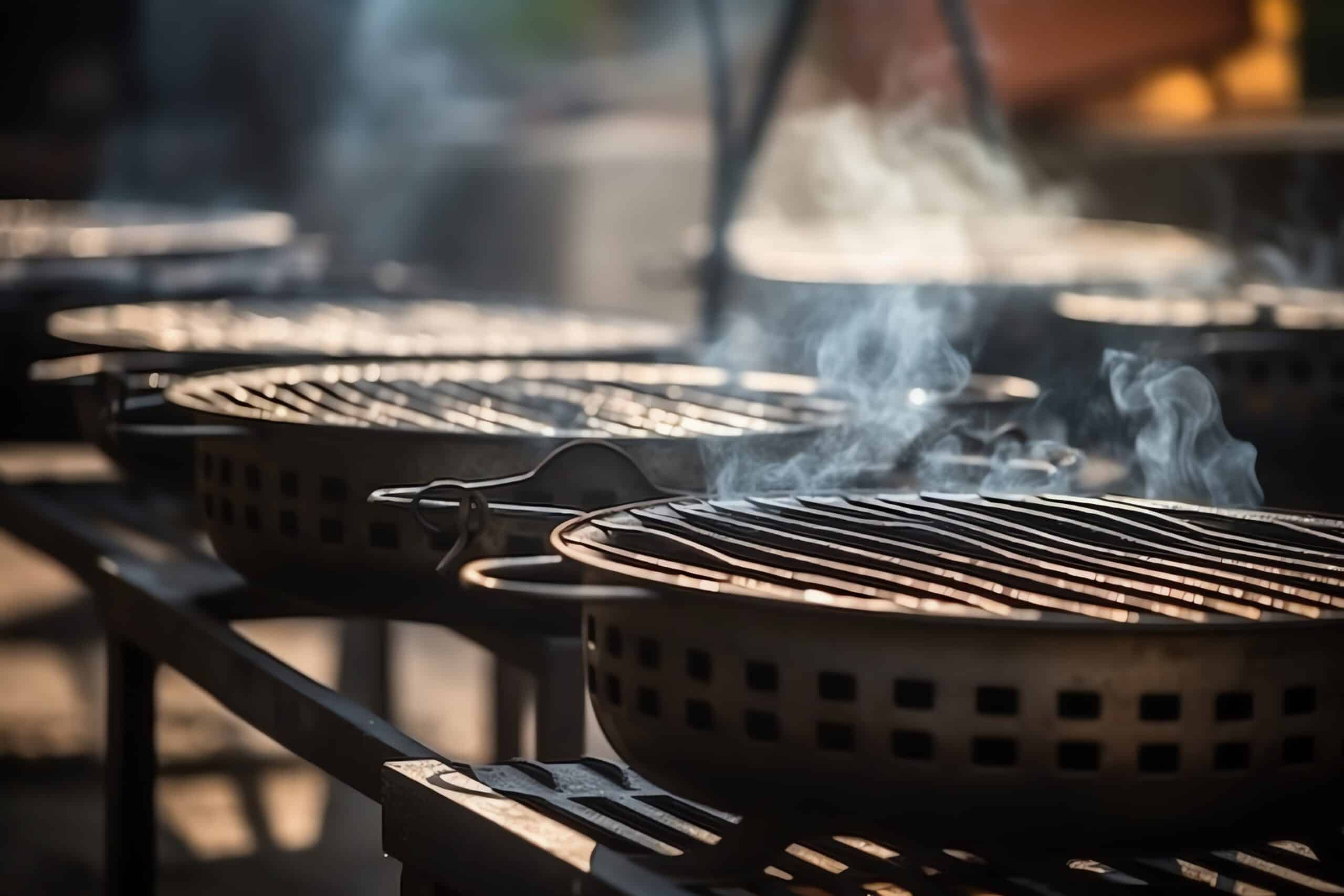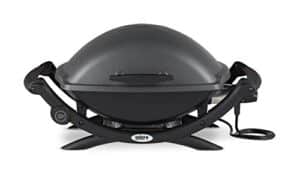How To Use Charcoal Grill Vents?
Key Takeaways
- The purpose of charcoal grill vents is to regulate airflow and control the temperature inside the grill.
- Best practices for using charcoal grill vents include starting with proper lighting and charcoal arrangement, adjusting the vents during cooking based on temperature needs, and using a grill thermometer for precise temperature control.
- Other factors to consider when using charcoal grill vents are wind strength, outdoor temperatures, air leaks in the grill, and the quality of charcoal used.
Using charcoal grill vents correctly is crucial to achieving the perfect cooking temperature and controlling the fire. Whether you’re a novice griller or a seasoned pro, understanding how to adjust the vents can make all the difference in your grilling results. In this article, we will explore the best practices for using charcoal grill vents, including tips and techniques from various reputable sources.
1. Understanding Charcoal Grill Vents
Before we dive into the best practices, it’s essential to understand the purpose of charcoal grill vents. Vents are designed to regulate airflow and control the temperature inside the grill. By adjusting the vents, you can increase or decrease the heat and maintain a consistent cooking temperature.
2. Best Practices for Using Charcoal Grill Vents
Let’s take a look at the best practices for using charcoal grill vents based on the information provided by multiple sources:
2.1 Start with Proper Lighting and Charcoal Arrangement
Before adjusting the vents, it’s important to ensure you have properly lit the charcoal and arranged it for optimal cooking. According to some sources, you can use a charcoal chimney or lighter fluid to light the charcoal evenly. Once the charcoal is lit, arrange it for direct or indirect heat depending on your cooking method.
2.2 Adjusting the Vents During Cooking
During the cooking process, you may need to adjust the vents to maintain the desired temperature. Here are some common recommendations:
- Fully open the intake damper when starting the grill to allow oxygen to feed the charcoal and create more heat.
- Partially close the vents, either halfway or three-quarters shut, to cool the temperature slightly while still allowing oxygen to maintain the fire.
- Close the vents fully to extinguish the flames and stop the charcoal from burning.
- Open the vents wider to increase oxygen flow and raise the temperature.
- Close the vents partially to decrease oxygen flow and lower the temperature.
- Position the top and bottom vents in opposite directions for precise control.
2.3 Temperature Control and Monitoring
To achieve precise temperature control, it is advisable to use a grill thermometer. This will help you gauge the impact of vent adjustments on temperature and make necessary changes accordingly. Remember to start with small adjustments and monitor the temperature before making further changes.
2.4 Other Factors to Consider
While adjusting the vents is crucial, it’s important to consider other factors that can affect grilling temperature. Some sources suggest considering wind strength, outdoor temperatures, air leaks in the grill, and the quality of charcoal used. These factors can impact the effectiveness of vent adjustments and overall grilling results.
3. Conclusion
Using charcoal grill vents properly is essential for achieving the perfect grilling results. By understanding the purpose of vents and following the best practices, you can have better control over the temperature and improve your overall cooking experience. Remember to start with proper lighting and charcoal arrangement, adjust the vents during cooking, monitor the temperature, and consider external factors that may affect grilling temperature.
Related Websites:
FAQs:
Q: What is the purpose of vents in a charcoal grill?
Vents in a charcoal grill serve the purpose of controlling airflow and temperature. They allow you to regulate the amount of oxygen that reaches the charcoal, which in turn affects the heat and smoke production.
Q: Where are the vents located on a charcoal grill?
Charcoal grills usually have vents located on both the bottom and the top. The bottom vents, often called intake vents, are located near the charcoal and are used to control the airflow. The top vents, also known as exhaust vents, are located on the lid and are responsible for releasing smoke and heat.
Q: How do vents control airflow and temperature in a charcoal grill?
Opening the vents allows more oxygen to reach the charcoal, resulting in higher temperatures. Closing the vents restricts the airflow, reducing the oxygen supply and lowering the temperature. By adjusting the vents, you can achieve and maintain the desired cooking temperature.
Q: What are some safety precautions when using charcoal grill vents?
When using charcoal grill vents, it is important to handle them with caution as they can become hot during the grilling process. Always use appropriate tools, such as heat-resistant gloves or tongs, to adjust the vents. Additionally, ensure that your grill is placed on a stable surface away from flammable materials and never leave it unattended while in use.
Q: How can vents be used to control smoke production?
To control smoke production, you can partially close the vents to limit the amount of oxygen reaching the charcoal. This will result in a slower burn and less smoke. Opening the vents wider will increase the airflow and promote more smoke production. Experimenting with vent adjustments will help you achieve the desired level of smokiness in your grilled food.






